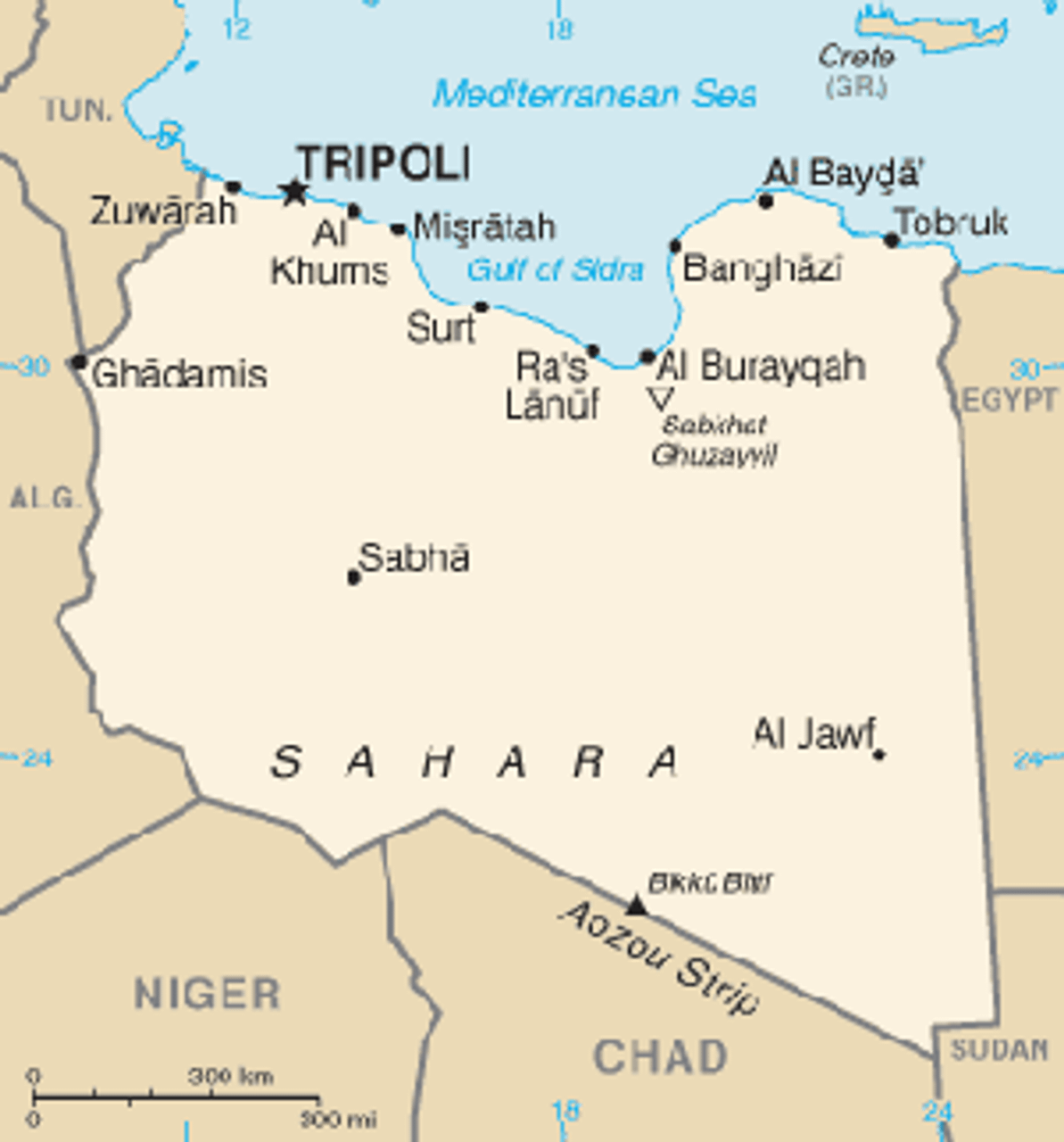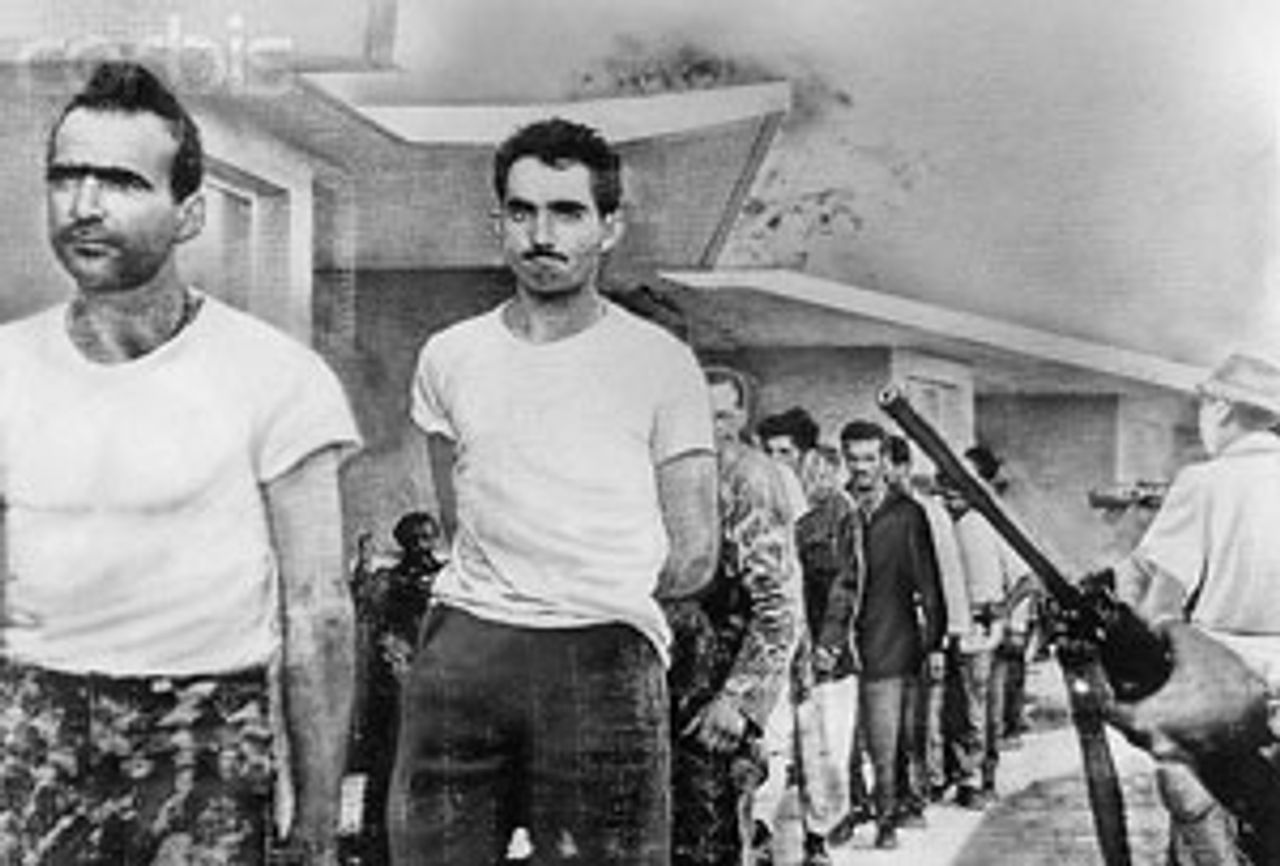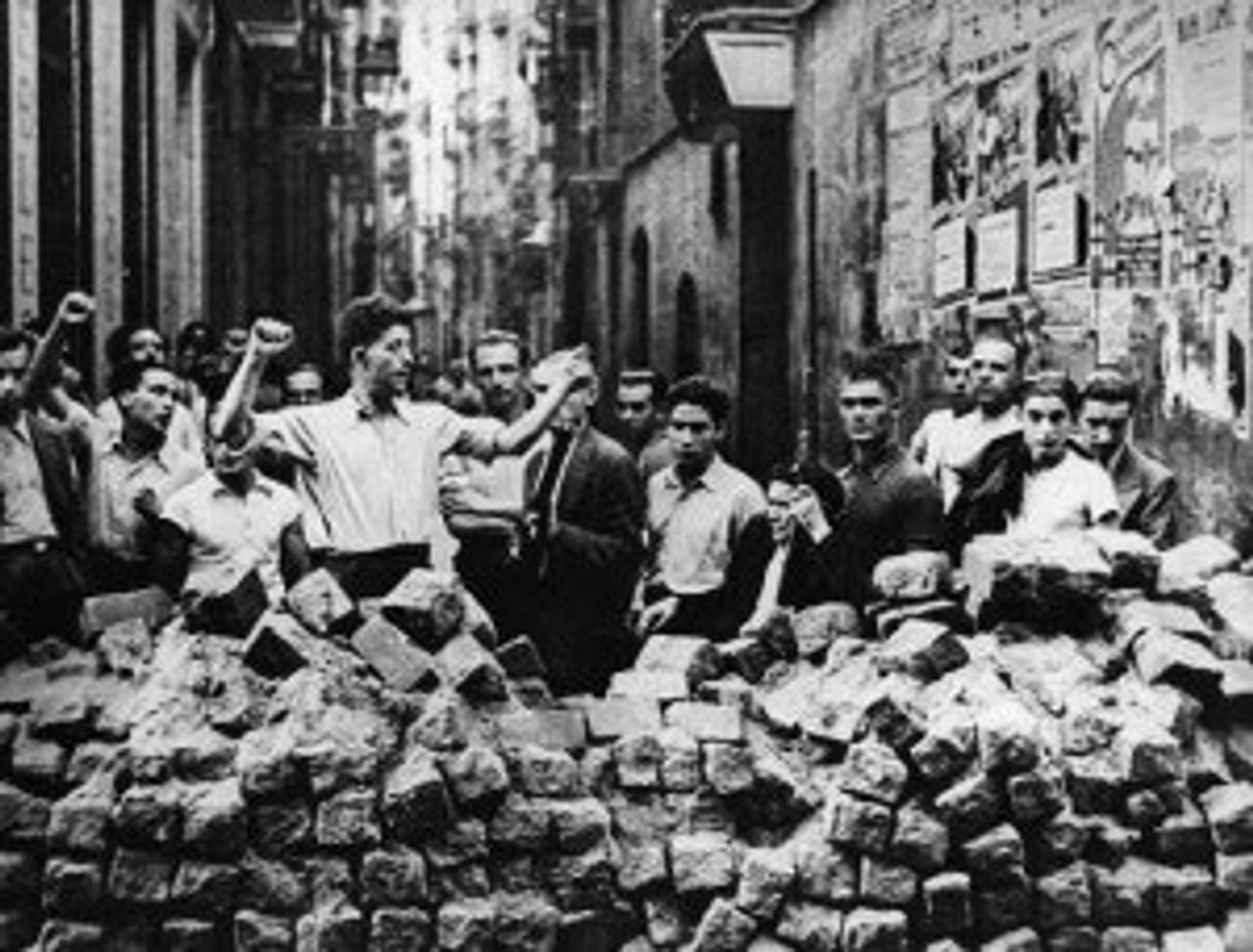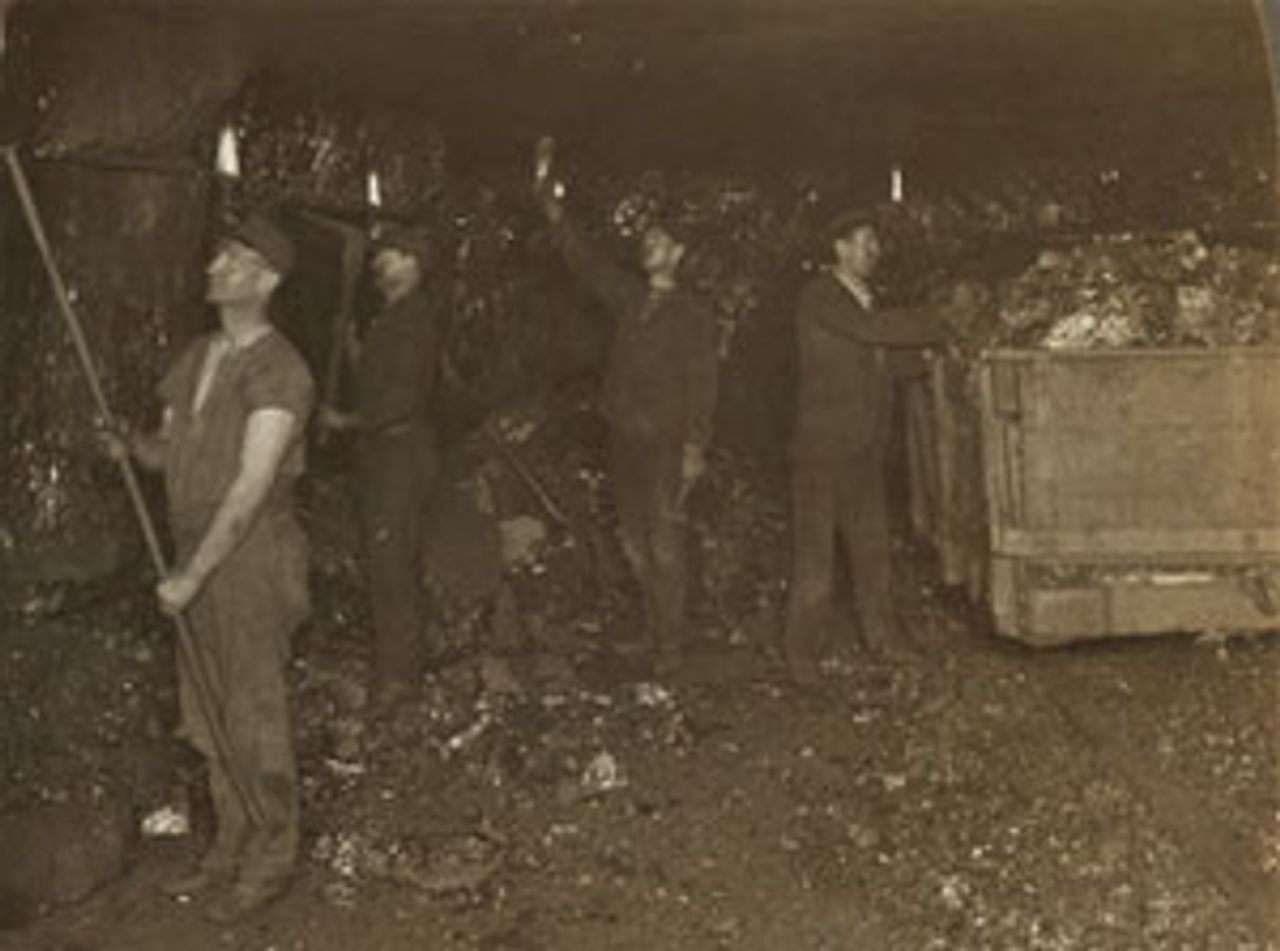This Week in History provides brief synopses of important historical events whose anniversaries fall this week.
25 Years Ago | 50 Years Ago | 75 Years Ago | 100 Years Ago
25 years ago: US seizes on Berlin night club bombing for war campaign against Libya
 On April 5, 1986, a bomb tore through a West Berlin night club, killing two and injuring 155. The attack appeared to target the US military—one of the dead and about 60 of the wounded were servicemen—and came only three days after a bombing aboard a TWA Rome-Athens flight killed four Americans. The bombing came two weeks after the US had provoked a confrontation with Libya in the Gulf of Sidra, killing 56 Libyan sailors.
On April 5, 1986, a bomb tore through a West Berlin night club, killing two and injuring 155. The attack appeared to target the US military—one of the dead and about 60 of the wounded were servicemen—and came only three days after a bombing aboard a TWA Rome-Athens flight killed four Americans. The bombing came two weeks after the US had provoked a confrontation with Libya in the Gulf of Sidra, killing 56 Libyan sailors.
Hardly had the smoke cleared in Berlin than the US laid blame for the attack on the Libyan regime of Col. Muammar Gaddafi. “There is a definite, clear, connection” to Libya, said one US official hours after the bombing, without providing further details. The same day France announced it was expelling two Libyan diplomats. Later in the week, US President Ronald Reagan gave a national press conference in which he hinted at retaliation, referring to Gaddafi as “the mad dog of the Middle East.”
However, US hopes that the bombing would bring West Germany into line with Washington’s Libya policy failed to materialize. The Reagan administration asserted that Bonn should break off diplomatic and economic ties, after sharing with it and several other governments what it said was proof of Libyan involvement.
West Germany was Libya’s second-leading trading partner, after Italy, and Chancellor Helmut Kohl’s foreign ministry reiterated his government’s opposition to economic sanctions and diplomatic isolation, a position shared by Italy. According to one report, German government spokesmen were suspicious of US calls for economic sanctions, given that US oil major Occidental Petroleum continued to operate in the market in spite of them.
50 years ago: New York Times holds back story revealing Bay of Pigs invasion imminent
 Prisoners of the Bay of Pigs Invasion
Prisoners of the Bay of Pigs InvasionThis week in 1961 the New York Times bowed to a personal appeal from President John Kennedy and withheld news that the CIA was about to oversee an imminent attack on Cuba carried out by emigrés operating out of Florida.
The news article, written by international affairs correspondent Tad Szulc, was altered to eliminate reference to the imminence of the attack and to any role played by the CIA in the illegal effort to topple the Castro government in Cuba. The article’s prominence was also reduced in response to Kennedy. The self-censorship decision was taken by newspaper publisher Orvil Dryfoos and later revealed by editor Clifton Daniel.
On April 4, Kennedy approved the final plan for the invasion in a White House meeting with members of the Joint Chiefs of Staff, Defense Secretary Robert McNamara, CIA Director Allen Dulles, Secretary of State Dean Rusk, and Senator William Fullbright, who was the lone opponent of the plan.
75 years ago: Workers on the offensive in Spain
 Workers in Barcelona in 1937
Workers in Barcelona in 1937Workers in Spain this week in 1936 intensified their offensive against both the Republican regime and far-right forces, routing fascists in street battles and carrying out major strikes.
On April 15, general strikes took place in Pamplona and Jerez, taxi cab drivers struck in Madrid, and construction workers struck in Bilbao. In Jerez, a conservative newspaper plant was burnt to the ground and churches and convents were sacked.
On April 16 in Madrid, a funeral procession for a Civil Guard killed the day before, attended by prominent right-wing politicians, was attacked as it passed below working class apartment buildings. Workers opened fire on the procession from sidewalks, windows, and rooftops. Among those killed was the cousin of jailed fascist leader Jose Antonio Primo de Rivera. Bloodshed also took place in Seville and again in Jerez.
Jose Gil Maria Robles, of the monarchist-clerical Spanish Confederation of the Autonomous Right, threatened civil war in response to the working class offensive. He charged the liberal premier, Manuel Azana, with enabling communists. Azana, who ruled with the backing of the Stalinist-led Popular Front, responded by promising to crack down on the working class and by declaring his opposition to communism.
“Bolshevism would be as fatal for me as it would for you,” Azana told the Cortes before winning a vote of confidence April 16. “It is useless to say I am a Communist, for I will do all I can to prevent the establishment of communism in Spain.”
100 years ago: Two US coal mine disasters kill 200
 Anthracite miners near Scranton, Pennsylvania, early 1900s
Anthracite miners near Scranton, Pennsylvania, early 1900sOne week after the Triangle fire in New York City killed 146 garment workers, mostly women and girls, more than 200 men and boys died in two separate US coal mine disasters.
On April 7, a fire at the Price-Pancoast mine in the town of Throop, Pennsylvania, near Scranton, killed 73. The next day, an explosion at the Banner Mine near Littleton, Alabama, killed 128 workers, all but five of them black convict workers.
A census of survivors of the Throop disaster revealed that the miners would leave behind 45 widows and 137 orphans. In tiny Throop, many of the largely immigrant families lost multiple members in the fire. The Stoyak family lost its father, two brothers, and two cousins.
The disaster in Alabama was another indictment of the convict labor system. The forced labor of prison convicts emerged in the South in the 1870s after the US Civil War (1861-1865) had abolished slavery. “Southern justice” routinely rounded up black men, as well as poor whites, who were then sold for a fee to mines, railroads, and other interests. The men were not paid, had no rights, and were subject to savage beatings.
